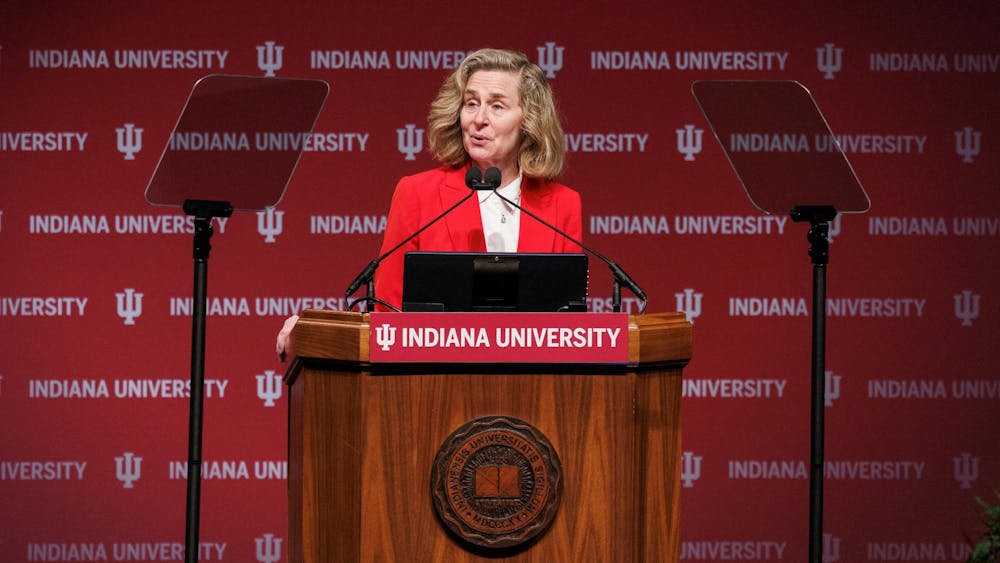Fletcher, director of emergency management and continuity for the Bloomington campus, said more than 150 people were involved in the exercise, including both first responders and student volunteers.
She said they decided to place the exercise during a break as to avoid disrupting or causing unnecessary concern among students on campus.
The first responders consisted of police, firefighters and EMS, as well as campus leadership such as people from Residential Programs and Services, communications and executives within the University, Fletcher said.
Along with first responders, students from ROTC programs and Kelley School of Business were actors in the exercise, taking on the roles of those injured, killed and in direct contact with the shooter.
At 9:30 a.m. Tuesday Nov. 25, the exercise began at Hodge Hall with a hypothetical situation consisting of a shooter entering the building and opening fire on multiple individuals, she said.
Once calls and an IU Notify message went out, police went into the building and shot the shooter, she said. There was only about a three-minute gap between police entry and the securing of the situation.
“The polices’ response was really good,” Fletcher said.
Because IU is part of the Bloomington community, both IU Police Department and Bloomington Police Department officers were on scene for the exercise, as well as some officers from other jurisdictions, she said. The campus is lucky to have access to this kind of departmental collaboration .
The police practice tactical work that ranges from their entry into a building to their approach of the situation at hand, she said.
The full scale exercise, involving this incident and then the work necessary to aid the wounded and being an investigation, ended at about noon, Fletcher said.
There was even an emergency operations center running at the time.
“We were trying to make this as realistic as possible,” she said.
Following the exercise, the participants gathered together and had a debriefing as well as a table top discussion in which they reviewed the exercise’s successes and shortcomings and discussed further what the campus would need to do in the days following a tragedy.
“Obviously, we don’t ever want anything like this to happen,” Fletcher said.
Overall, she said the exercise went well, but there was room for improvement.
“We do always strive to do better,” Fletcher said.
Better, in this case, means faster responses and an improved line of communication, Fletcher said.
Communication is the most important thing, she added, and possibly one of the easiest things to mess up.
People want to know how first responders react in this kind of situation, Fletcher said.
Though a large amount of time is dedicated to tactical work, very little is spent on recovery.
Not as much time is spent on determining what people will want or need from the University three or 10 days after this kind of tragedy strikes, Fletcher said.
This exercise allows IU to determine what needs to be added to training.
For example, in this hypothetical situation, a basketball game scheduled for the day of the shooting was supposed to be cancelled, and they realized the necessity of ensuring athletes and ticket holders find out about the situation immediately, she said.
This was the first active shooter exercise on Bloomington’s campus, she said.
In the past, other full scale exercises have been conducted, and they tend to cycle through what appear to be pressing situations that require this kind of attention, Fletcher said.
A lot of things are similar no matter what the emergency is, she said. The situation must be addressed immediately and the people must be protected.
Fletcher said some people asked why the exercise wasn’t announced to the general public.
That would be because the activity was specifically for the first responders made it more important that they were prepared and present. It also prevented any kind of miscommunication about what could be an extremely serious ?situation.
The focus, she said, is safety and security on ?campus.
Because this was such a dynamic situation, Fletcher said she encourages students to remain informed and go to protect.iu.edu to learn more about this and other dangerous situations.





